PricePlow has been covering Revive MD supplements for a while now, noting how several brands have copied their phenomenal whole health formulas like Lipid and Heart.
But it's not just about formulation. It's about trust -- and the best way to gain trust in the dietary supplement industry is through testing. This is something the Revive MD team doesn't take lightly, either.
Revive MD Blood Pressure: Delayed Restock For the Right Reasons
On May 23, 2023, the brand posted the following image and message to their @revive_md Instagram account, noting failed lab tests for one of the incoming raw material ingredients in their Blood Pressure supplement:[1]
This is phenomenal transparency, and it's something we'll always applaud. And at the same time, lab tests like this on incoming raw materials and outgoing finished products are required by law.[2,3] Discussed frequently on this blog, and recently covered in our Episode #100 Podcast with Dan Fabricant of the Natural Products Association, too many people think that the dietary supplement industry is "unregulated" -- and that couldn't be further from the truth.
Aside from the laws defining what is a dietary supplement,[4] there are also codes of federal regulations defining the current Good Manufacturing Practices (cGMP).[2,3] So Revive MD did the right thing, pulled the ingredient in question, sourced better material, and came back with good news in June of 2023:
Revive MD Blood Pressure is back in stock!
On June 20th, 2023, Revive MD was happy to announce that Blood Pressure was back in stock on their site,[5] and we received confirmation that the lab tests all came back in good standing.
So in this article, we discuss Blood Pressure's ingredients, and explain how this is such an incredible supplement to help support healthy cardiovascular health. First, let's take a look at PricePlow's coupon-powered prices, let you sign up for our Revive MD news alerts, and then talk ingredients:
Revive MD Blood Pressure – Deals and Price Drop Alerts
Get Price Alerts
No spam, no scams.
Disclosure: PricePlow relies on pricing from stores with which we have a business relationship. We work hard to keep pricing current, but you may find a better offer.
Posts are sponsored in part by the retailers and/or brands listed on this page.
Why care about blood pressure?

Supplements formulated to optimize your health! See them all on our Revive MD page on PricePlow.
If you're here, you likely already know this, but numerous studies report a strong and continuous association between high blood pressure and cardiac events,[6] and the relationship occurs in a multitude of demographics.[6-8] A great deal of research has shown that reducing blood pressure improves outcomes[9-13] -- the best methods to do so are more commonly the matter of debate.
At PricePlow, we consistently push a lifestyle-based approach, meaning eating whole foods (ditching as many processed and toxic foods as possible) and exercising, specifically with resistance training.
And as a part of this plan, dietary supplements can help as well! Which brings us to Revive MD Blood Pressure:
Revive MD Blood Pressure Ingredients
In three capsules of Blood Pressure, you get:
-
Rejuna (Terminalia arjuna) [Bark] Extract - 500mg
Rejuna is a proprietary Terminalia arjuna plant extract that's been standardized for polyphenols known to support the cardiovascular system.[14-16]
A great paper titled "Revisiting Terminalia arjuna – An Ancient Cardiovascular Drug" published in 2014 provides an excellent review of its anti-ischemic, antioxidant, lipid supporting, antiatherogenic, and overall cardioprotective properties.[14] It's rich in β-sitosterol and other supportive triterpenoids, flavonoids, and glycosides.
Two studies have been conducted using 500 milligrams of Arjuna bark extract for eight weeks, both of which resulted in significant cardiac function improvements and reductions in resting systolic blood pressure.[15,16] Additionally, Revive MD athletes may be interested to know that VO2 max also improved as well![16]
Thankfully, this is the dose we have in Blood Pressure - 500 milligrams takes up nearly an entire capsule (and there are only three total), so it's clearly important to the formula.
-
Garlic (Allium sativum) [Bulb] Extract (10:1) - 400mg
Who doesn't love some garlic?! The popular bulb is well-known to not only combat parasites and support immunity,[17-19] it's also been shown to:
- Protect against abnormal heart growth in animal models,[20]
- Combat atherosclerosis,[21]
- Reduce high blood pressure.[22-24]
It's worth noting that it worked best when combined with fish oil in one study, but still worked extremely well on its own.[22]
Some of the data comes from meta-analysis research searching for ways to lower cholesterol levels, which garlic supports, but it also reduced blood pressure in many of those studies![23,24]
Good to hear - so don't fear the garlic when cooking up your next meal.
-
Punarnava (Boerhavia diffusa) [Root] Powder - 112.5mg
The subject of Revive MD's lab tests, punarnava is a plant that's beloved in the Ayurvedic community due to its many benefits and uses -- it's sometimes called "the renewer" due to its Sanskrit translation ("punar" = "again" and "nava" = "new").
Research has shown that when combined with arjuna -- which we also have here -- punarnava supported a highly significant reduction of both systolic and diastolic blood pressure.[25]
It has also been shown to reduce blood pressure (as well as support improvements with respect to blood sugar concerns) on its own, and was even superior to a control drug![26]
Punarnava functions as an ACE inhibitor (ACE = angiotensin converting enzyme).[27] This may be the supportive mechanism, since ACE activity can cause vasoconstriction (tightening/shrinking of blood vessels).[28]
-
Coenzyme Q10 (Ubiquinone) - 100mg
Also known as CoQ10, Coenzyme Q10 is an antioxidant compound that's found abundantly in mitochondria. It has numerous roles, including supporting the production of ATP for energy.[29]
This is an ingredient that doesn't universally show blood pressure improvements, but there is some positive data in some situations -- just note that the evidence is mixed.[30] With that said, it's still a great ingredient to have thanks to its antioxidant and mitochondrial support benefits.
-
Rosehips (Rosa canina) [Fruit] Powder - 62.5mg
Rose hip is known as a pseudofruit of the rose plant that's rich in antioxidants including vitamin C and much more.[31] It also has many anti-inflammatory properties that support various types of joint and body pain concerns.
After successful preclinical trials, a drink with rose hips was shown to reduce systolic blood pressure compared to placebo.[32]
-
Shankhpushpi (Convolvulus prostratus) [Herb] Powder - 50mg
Another Ayurvedic herb in Revive MD Blood Pressure, Shankhapushpyadi is commonly used for anti-aging skin care purposes, but a study using higher doses showed significant reductions in both systolic and diastolic blood pressure.[33]
It's also sometimes combined with other Ayurvedic herbs to achieve these effects, but not all of those herbs are here in Blood Pressure.[34]
-
Nattokinase (providing 1,000 FU) - 50mg
Nattokinase has become quite popular since 2021 because of its ability to break down blood clots.[35] Specifically, it can break down fibrin, which is a protein the body uses to create said clots.
Nattokinase thus reduces clots and can lead to improvements in blood pressure and overall cardiovascular function.[36-38] This leads to its ability to provide for long-term blood vessel health -- it's also been shown to significantly slow atherosclerosis progression.[39]
-
Tribulus terrestris [Herb & Fruit] Extract (Std. to contain 45% Saponins) - 50mg
Normally seen in libido-boosting applications, there's actually some sound evidence that tribulus terrestris can support the cardiovascular system as well! In higher doses, its protective effect against diabetes is already established,[40] and its antihypertensive mechanism has been elucidated as another ACE inhibitor.[41]
The above is why it's commonly combined with punarnava[26] as well as arjuna[25] (both also in Revive MD Blood Pressure) in Ayurvedic practices.
And if you get any libido boost to top it off, then all the better!
-
Suntheanine (L-theanine) - 25mg
A unique but common sense inclusion, L-theanine is often used as a relaxation ingredient.
It's often used to take the "edge" off of caffeine, where it supports a nootropic role, but what's interesting is that in these settings, L-theanine can also reduce blood pressure increases![42]
So if you're highly-caffeinated and putting yourself into stressful tasks that can raise blood pressure, L-theanine is an ingredient to consider having around.
-
Madagascar Periwinkle (Catharanthus roseus) [Herb] Extract - 12.5mg
Madagascar periwinkle has a few names, including Catharanthus roseus and Sadabahar. It has antioxidant properties[43] and has been shown to support blood pressure reduction.[44]
Additionally, its juice has been shown to support healthy blood sugar level maintenance as well.[45,46]
Dosage and Directions
Take three capsules daily with water.
Revive MD Blood Pressure: Herbs from a Trusted Brand
Revive's Blood Pressure supplement is a very unique one -- above, we covered several ingredients that aren't commonly discussed on the PricePlow Blog. Even better, this product gets phenomenal reviews.
As seen in the introduction, the use of herbs can lead to some issues when it comes to lab testing - it's tough to know what to standardize for, and impurities can destroy a batch with ease.
Thankfully, Revive is following the letter of the law, and making sure their materials are well-tested and safe.
We also have to give a small hat-tip for their use of L-theanine, which we love in nootropic and calming formulas, and only makes too much sense in a blood pressure supplement, especially if you're getting caffeinated and stressing yourself out.
As Revive MD shows, quality products are always worth the wait.
Revive MD Blood Pressure – Deals and Price Drop Alerts
Get Price Alerts
No spam, no scams.
Disclosure: PricePlow relies on pricing from stores with which we have a business relationship. We work hard to keep pricing current, but you may find a better offer.
Posts are sponsored in part by the retailers and/or brands listed on this page.
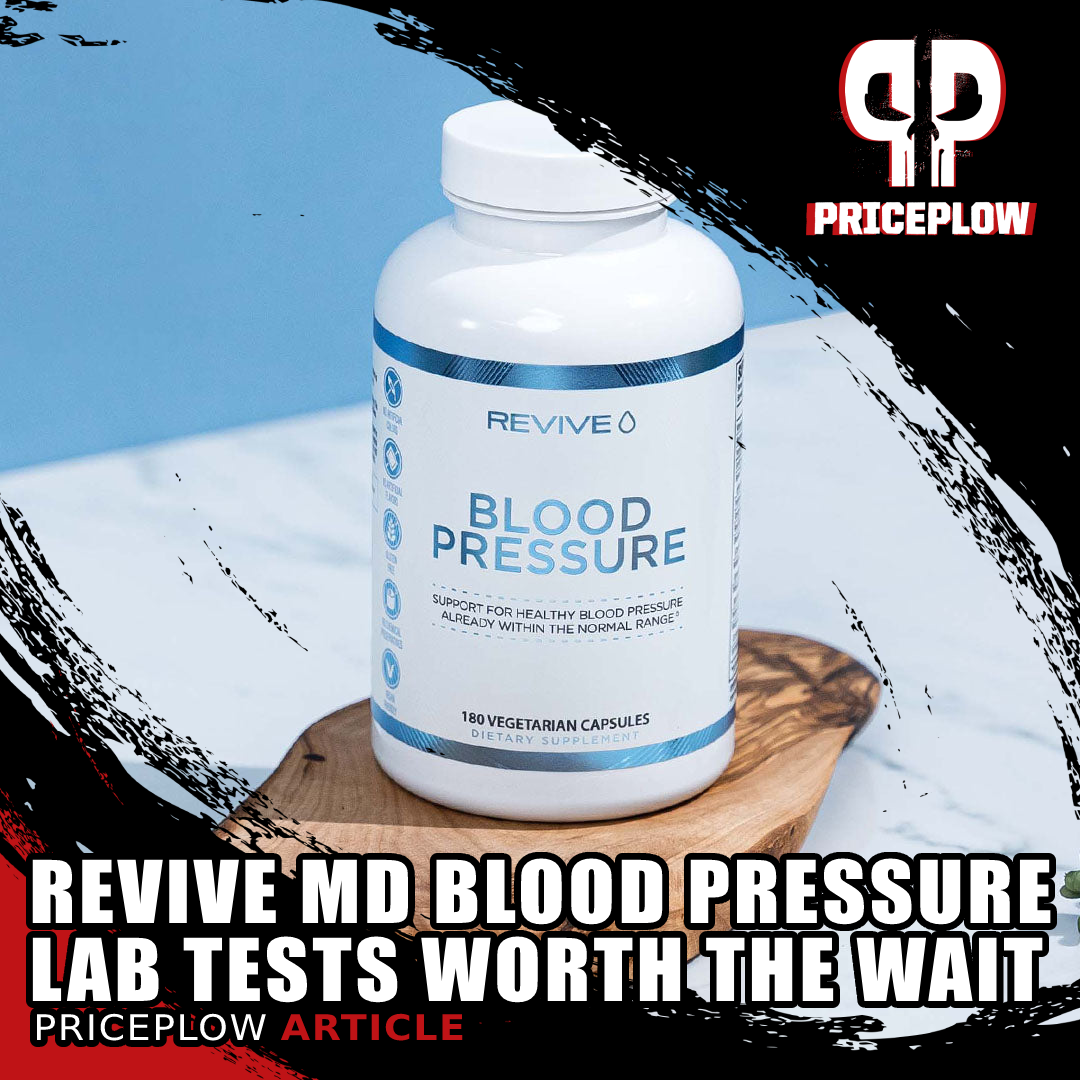
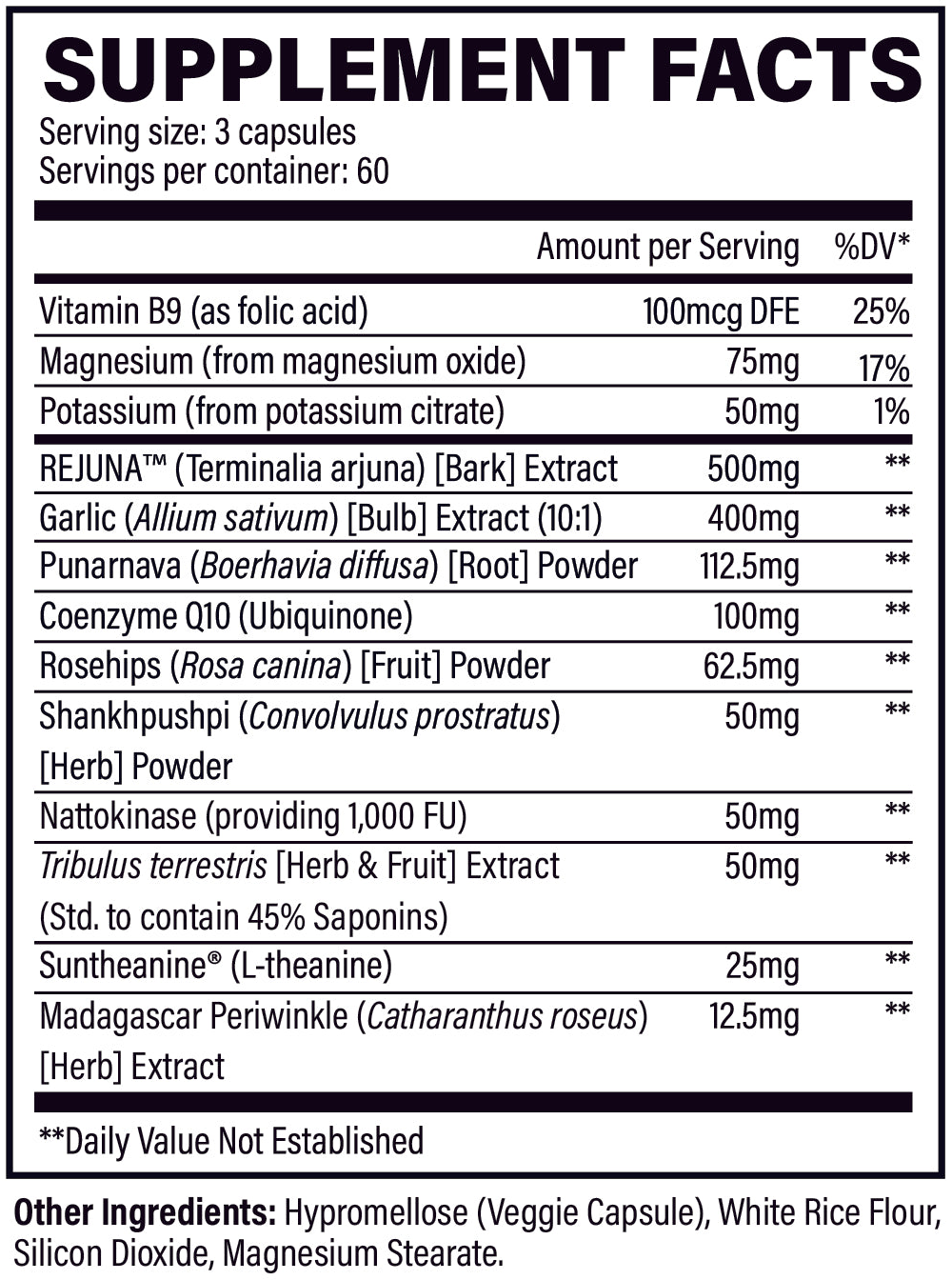

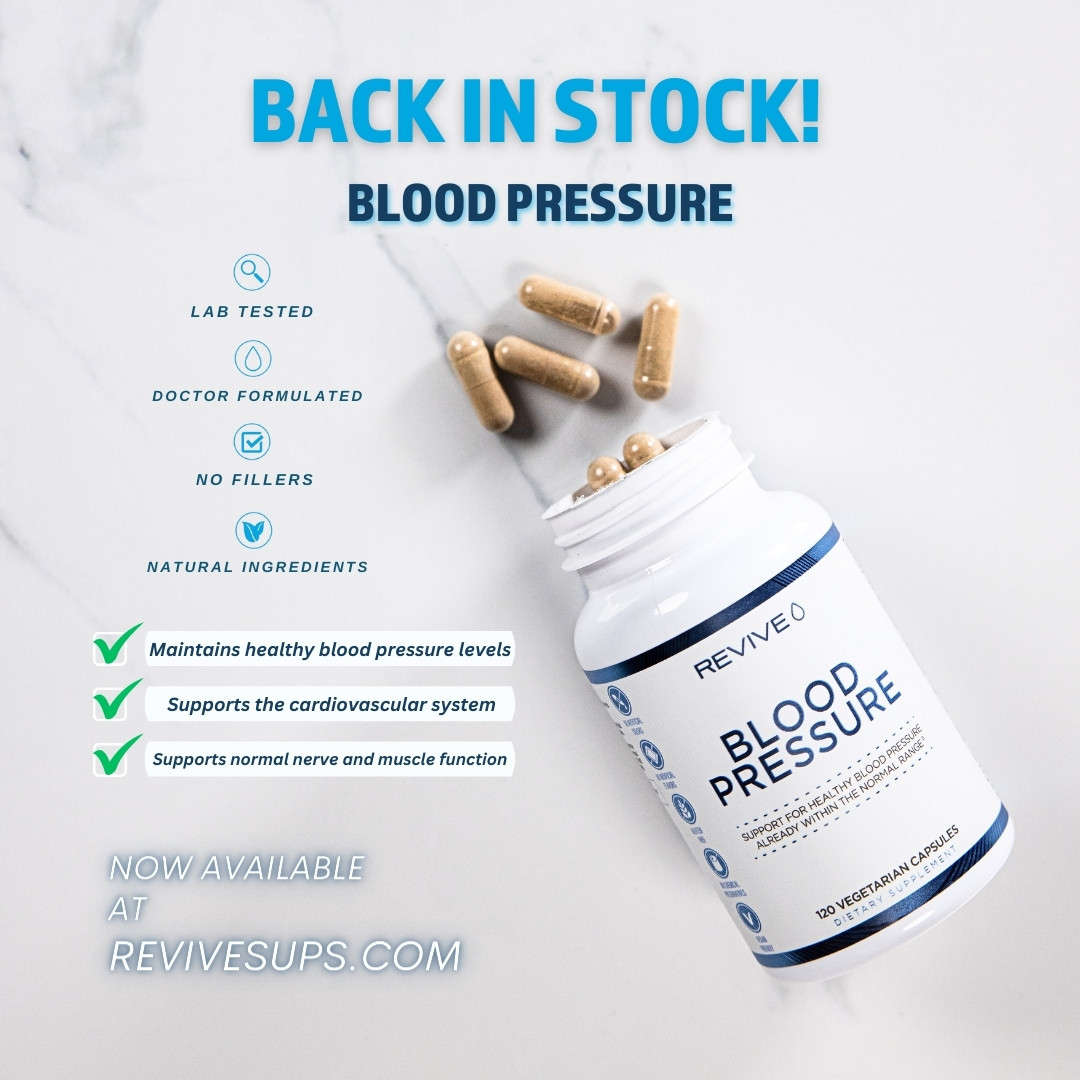
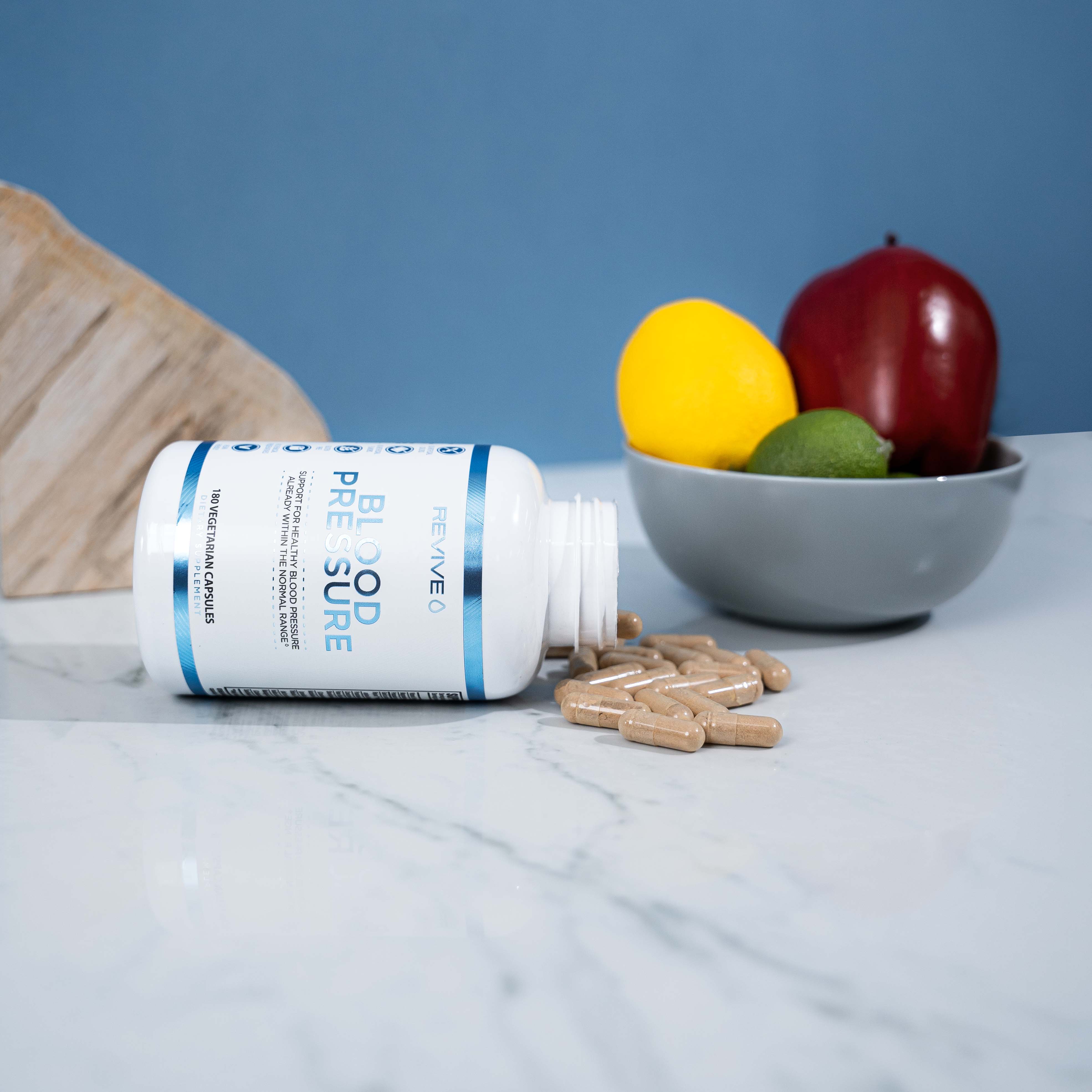
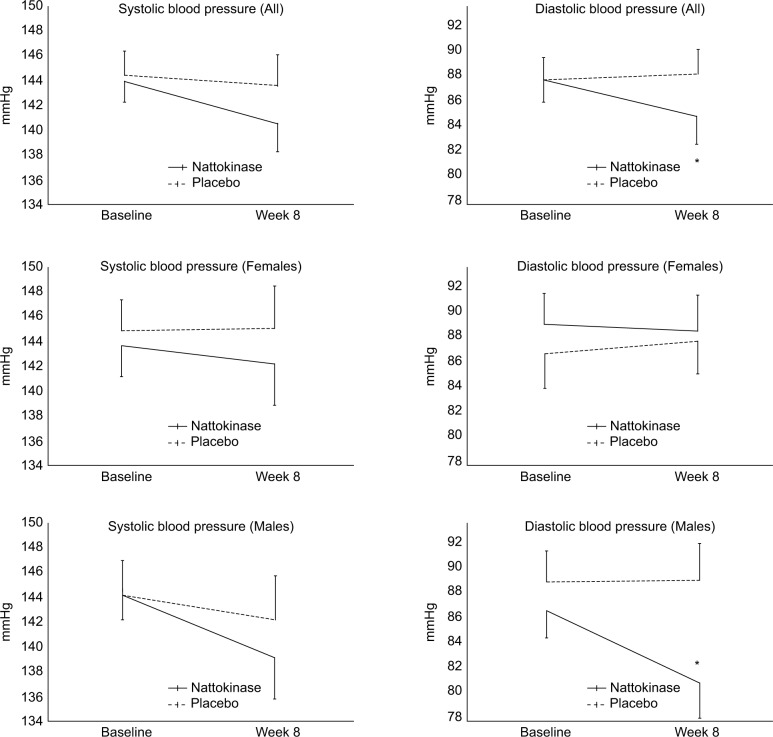
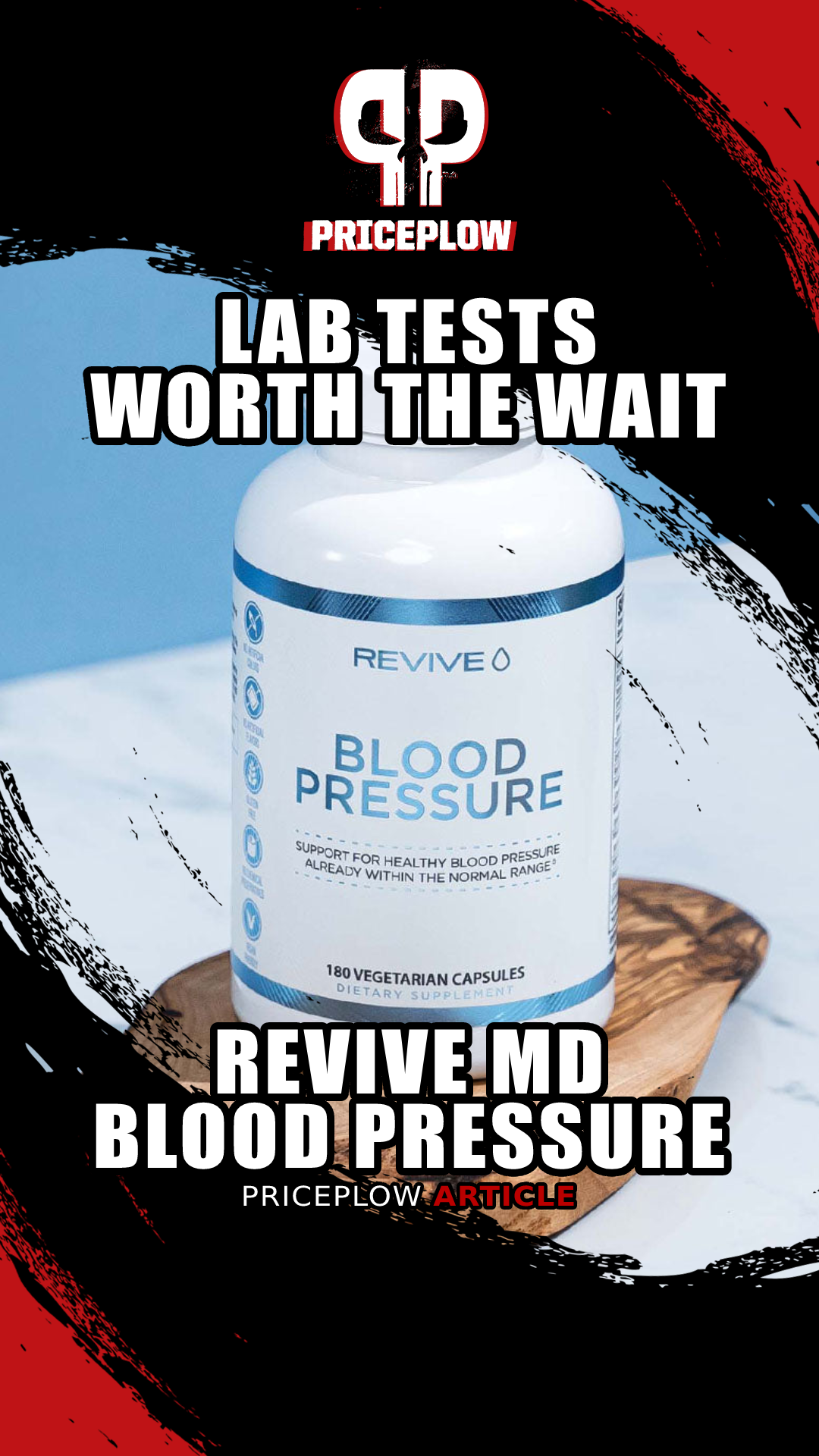
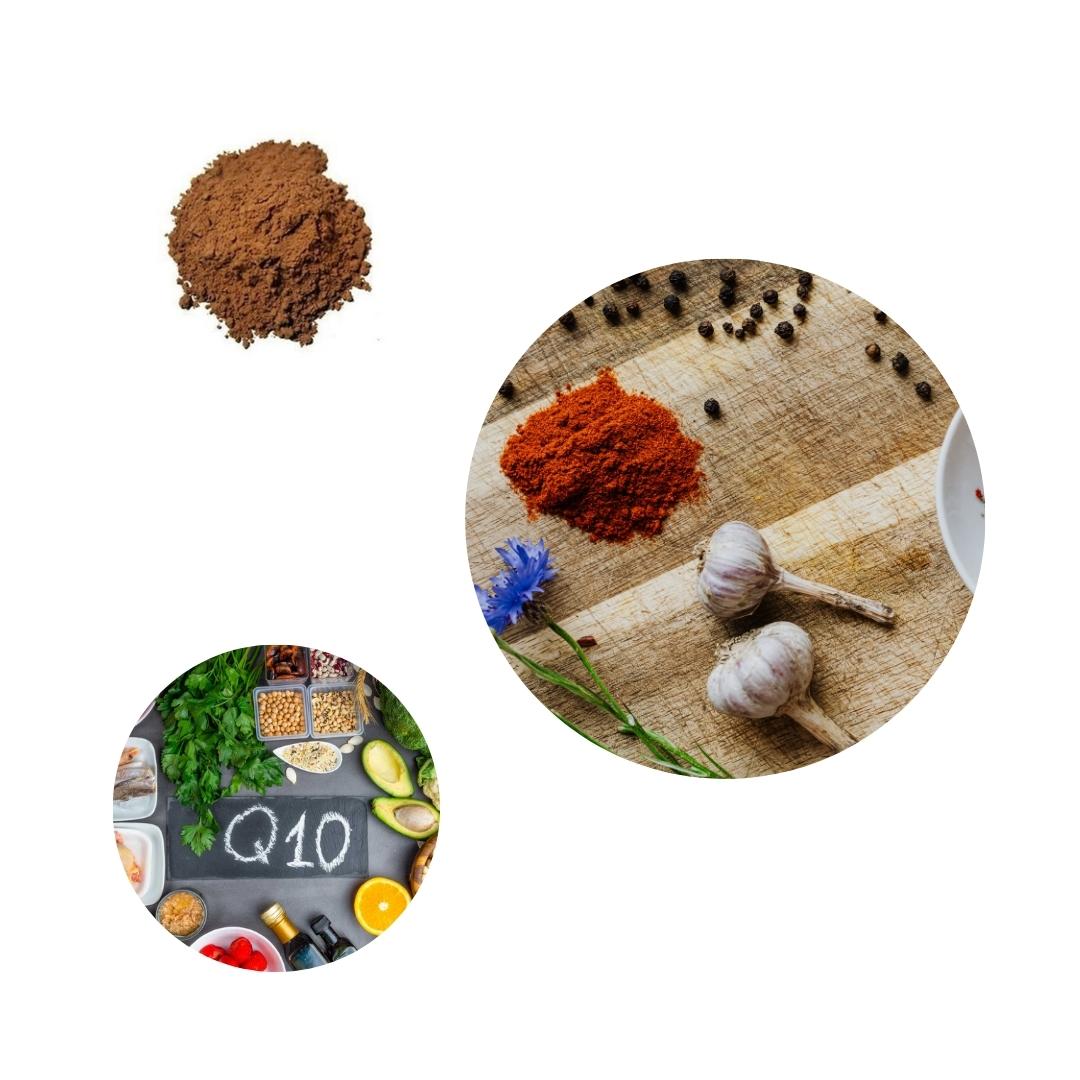


Comments and Discussion (Powered by the PricePlow Forum)